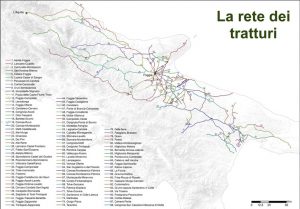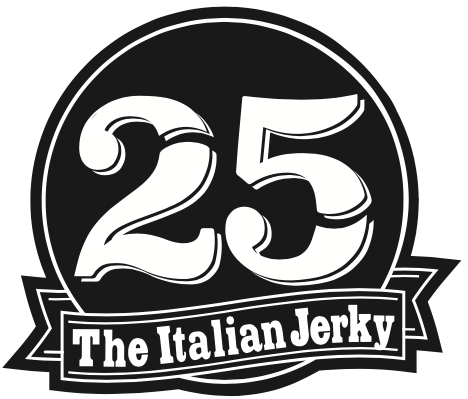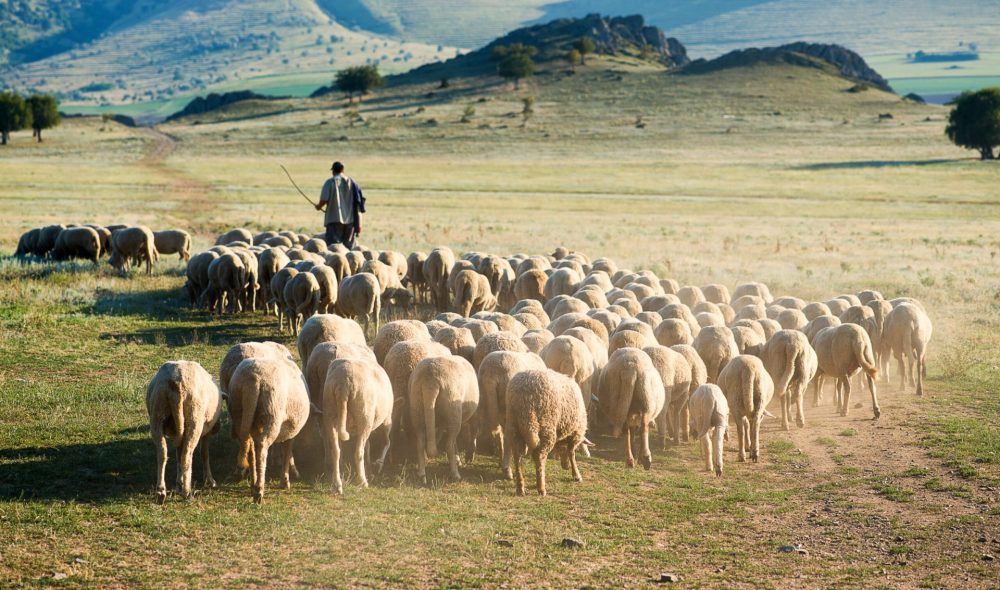“September, let’s go it’s time to migrate …” so the poet began a famous poem dedicated to the Shepherds’ Transhumance.
From the Latin trans, through and humus, soil: transit over places. Today it is a UNESCO World Heritage Site.
September is the month of “transhumance” in which shepherds leave to move their flocks to the south, to look for non-icy pastures and milder climates in winter, along the natural paths of the “tratturi”. In May, the move is again north, to return home, in search of mountain herbs just sprouted after the snow melts, on pastures kept green by the climate.
The link between Abruzzo and Gargano has always been strong, given that, in ancient times, the opening and closing dates of customs and transhumance in the Tavoliere (29 September and 8 May) coincided with the two annual pilgrimages to the sanctuary of San Michele sul Gargano as well as with the feast of San Michele Arcangelo itself (29 September) and with the legendary date of the Angel’s apparition (May 490). The phases of mounting and demontication marked this ancient rite.
The shepherds have moved undisturbed for centuries in central-southern Italy minting their own cattle. They have created real green highways called “tratturi” throughout the territory.
The map shows the extensive network of sheep tracks covering the regions of Abruzzo, Molise, Puglia, Campania, Basilicata and Lazio.

Pastoral traditions, folklore, animals, people and culinary customs have moved along the sheep tracks.
Do you remember when we talked about Musciska? Along the paths of the shepherds the tradition has spread with another name: couples. We find confirmation of this hypothesis in the fact that in Pescasseroli dried meat is called mescica.
Pastoral culture is a culture of recovery. When a tractor ceases to function today, it is brought out of the carriage wrecker. Once, when the “tractor” was an animal, at the end of their career it was slaughtered and used to feed the family.
The raw material of the couples were the animals of Transhumance: goats, sheep, cattle, pigs, horses. Old or sick animals were “rescued” in this way.
The name “coppiette” derives from the custom of hanging strips of meat in pairs on a wire pulled over the chimney hood. Within three days the temperature of the fireplace dried out and smoked the meat.
The shepherds therefore had dried meat available, a protein snack with which to eat during the working day, without having to stop.


